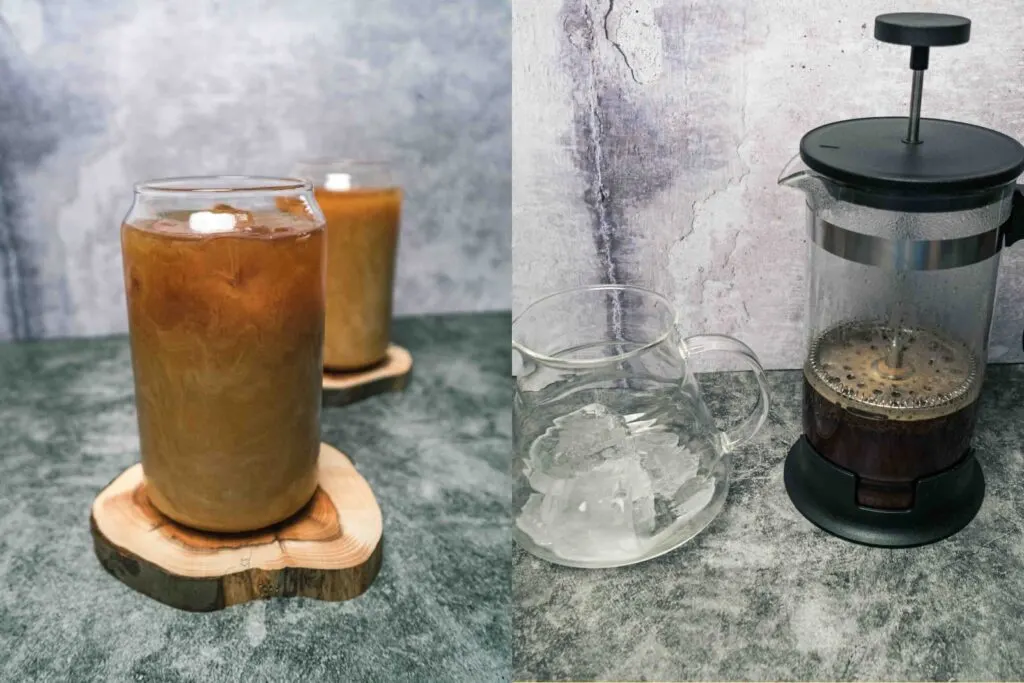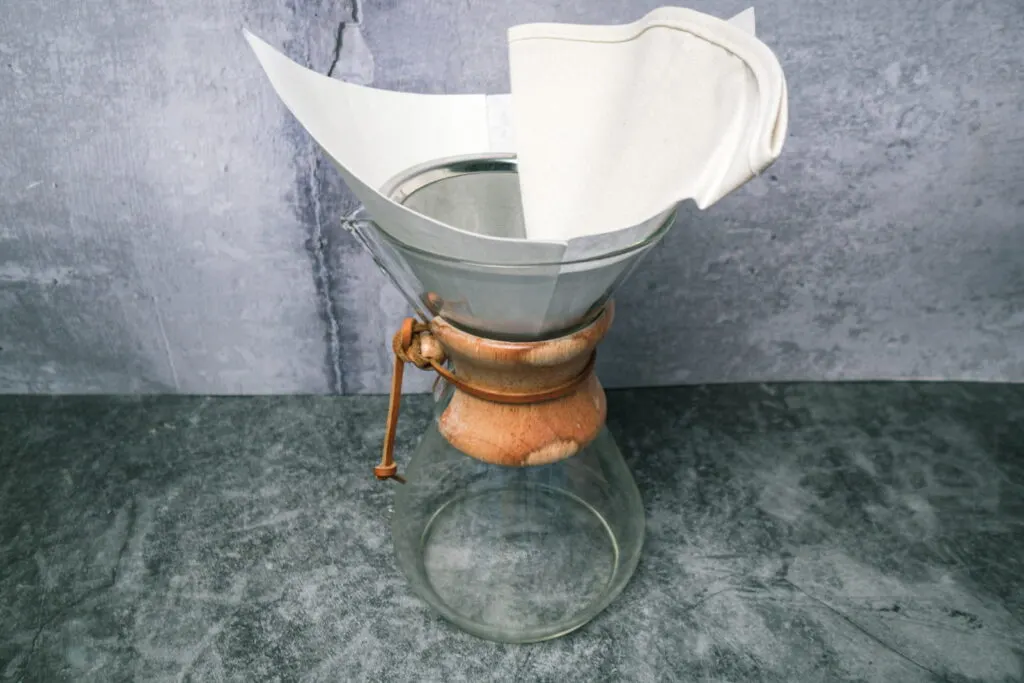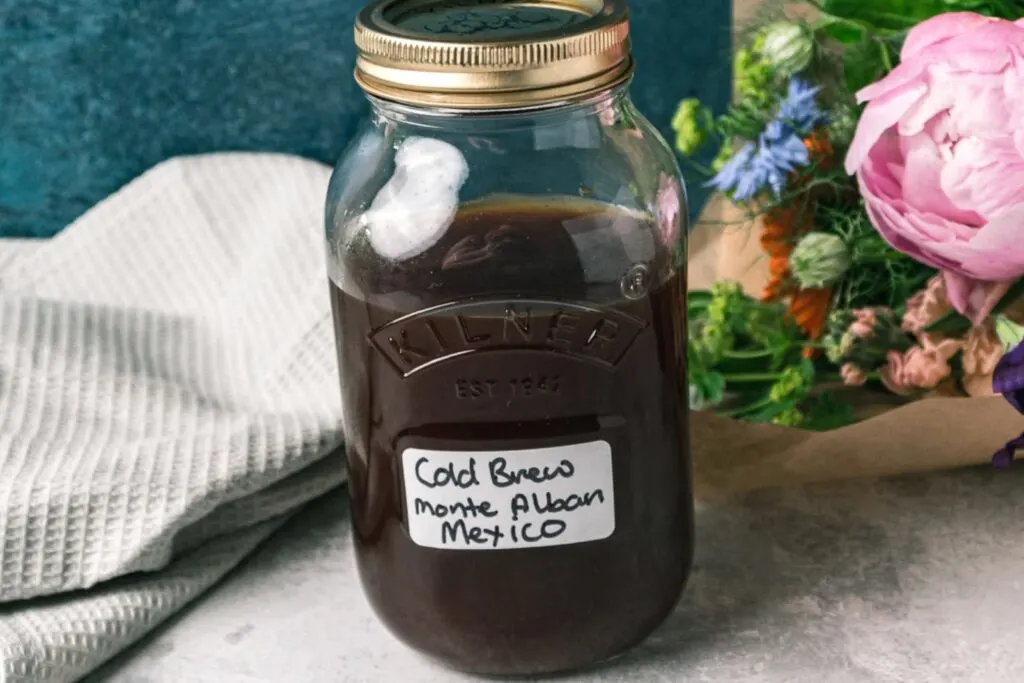If you walk into your local coffeehouse and request something strong, black and full of flavour, you’ll most likely get offered two things – an espresso or an Americano. Most of us know that an espresso is a favourite beverage in Italy, so does that mean an Americano is just an American version of an espresso? So, what is the difference between an Americano and an espresso?
What is the difference between an Americano and an espresso? The easiest and quickest answer to this question is that an Americano is simply an espresso with hot water added to it.
An espresso is essentially the base of an Americano, but do not think that an Americano is weaker tasting or a “watered down” version of an espresso. Interestingly, adding water to a thick, concentrated espresso does not dilute its taste. In fact, by adding a small amount of hot water, complex flavours are unlocked and released. It also mellows out the bitterness that some people find overpowering, and it thins out the viscous texture of the espresso.
Disclaimer: Hi! this post may contain affiliate links which will take you to online retailers that sell products and services. If you click on one and buy something, I may earn a commission, see my Affiliate Disclosure for more details.
How is an Espresso Made?
Since an espresso is the base of an Americano, it is important to understand how an espresso is made. When water is forced through finely ground coffee at high pressure, it creates a thick, rich-flavoured liquid, called espresso. As espresso is typically brewed in small amounts (around 1oz per extraction), it is called an espresso shot and is served in tiny cups.
Something called “crema” forms when the water is forced through the grounds. This is a thick, cream-coloured layer that forms at the top of an espresso shot. The crema is an important part of an espresso because it tells you whether your coffee is fresh and of high quality.
When brewing, an espresso shot should look like it is all thick, rich crema coming out. After the shot is poured, the espresso and crema should separate, with the crema rising to the top. If this doesn’t happen, then your beans may be stale or of poor quality.
How Did an Espresso Become an Americano?
The Americano, or American coffee, was thought to have been created during World War II. American soldiers who were stationed in Italy were not familiar with the Italian way of brewing espresso. The small shots of concentrated coffee were not the same as the larger cups of drip coffee they were used to drinking.
In order to enjoy the type of coffee that they were more familiar with, the soldiers diluted their espressos with hot water. The Italians called this style of coffee Caffè Americano.
How Is an Americano Made?
A typical Americano is made by placing one to two espresso shots into a 6-ounce mug and adding enough hot water to fill the mug. More specifically, most Americano recipes call for one-part espresso to two parts hot water. This will give you a richer, smoother, stronger and more flavorful version of standard black coffee.
Just as with any espresso-based drink, however, you can personalize your Americano any way you feel:
- Add more espresso or less water to make it stronger
- Add less espresso or more water to make it weaker
- Add milk, cream, sugar, honey or a flavour shot to taste
There is one controversy as to how an Americano is made, though. Those who believe that in order to get the absolute best flavour out of a water-filled espresso, you need to make the beverage the “Long Black” way.
The Difference Between an Americano and a Long Black
It all comes down to the crema. Besides confirming the quality and freshness of coffee beans, crema contains the flavorful oils that were forced out of the grounds when brewed. The crema affects the initial taste of the espresso as it holds the concentrated notes of the specific beans used in the brew.
When water is poured into espresso, as in an Americano, it breaks the crema and creates an inferior taste. With a Long Black (an Australian phrase), however, espresso is poured over the hot water, maintaining the crema.
This may seem insignificant, but reversing the steps – water first, espresso second – will create an even stronger and richer-flavoured cup of coffee. For some, doing it this way is still considered an Americano, but if you want to make sure you are getting the best possible brew, you might want to ask your barista for a Long Black.
Regardless of the method used, an Americano is a deep, flavorful cup of coffee unlike that of a traditional drip-brewed cup of coffee.
The Difference Between an Americano and Drip-Brewed Coffee
Both traditional drip-brewed coffee and espresso shots for an Americano are extracted from coffee grounds and hot water. But the similarity ends there.
Drip-brewed coffee is one of the most popular methods of making coffee in America, and it has been that way since Mr. Coffee brought the first auto-drip coffee maker into American kitchens in 1972.
Drip coffee is brewed by having hot water drip over coffee grounds that are in a filter above the coffee pot. The water covers the grounds and gravity pulls the water down through the filter. The brewed coffee drips into the pot and fills it.
When you pour a cup of drip-brewed coffee it may look similar to a cup of Americano, but there are very distinct differences:
Americano
|
Drip-Brewed
| |
Flavor | Deeper, richer, full-bodied taste | Lighter, sweeter, more floral taste |
Grind | Finely ground | Medium-coarse ground |
Time to Brew | 25 to 30 seconds | 2 to 4 minutes |
Crema | Yes, if not broken | No |
Caffeine Level | 45 to 75mg per single shot espresso | 95mg to 200mg per 8oz cup |
How Can You Make an Americano at Home?
The makings of a great Americano start with a deep, dark, strong shot of espresso. Today, it is easier than ever to skip the $5 coffee house beverage and create espresso drinks at home. This is thanks, in part, to the convenience of single-serve capsule machines. These machines are also less expensive (running between $50 and $200) than traditional espresso machines that can cost as much as $3,000.
You can make an Americano at home, however, even if you don’t have a fancy machine to do it. Using an inexpensive (as little as $20) stovetop coffee maker such as a moka pot, you can create a great tasting espresso for your Americano.
But even before you attempt to create your own homemade espresso, you should understand the three things that have the biggest impact on espresso making – the beans, the grind and the pressure.
- Espresso Beans – Espresso beans differ from regular coffee beans because they are roasted longer. Longer roasting results in more porous beans. More porous beans help intensify the flavour, making it more easily extracted when they are ground. This is what helps give espresso its dark, toasty finish.
- Espresso Grind – Espresso beans need to be ground very fine. The finely ground coffee helps to slow water penetration, which then increases the pressure needed to push the water through the filter.
Using a burr-style grinder is more desirable to a blade-style grinder for several reasons:
- Burr Grinder – It contains two oscillating, serrated plates (called burrs) that crush beans instead of cutting them. Burr grinders produce more uniformly-sized grounds. The grinder is easy to adjust and will give you the consistently fine grind needed for espresso making. It also helps increase the flavour profile of the bean by allowing for even oil extraction.
- Blade Grinder – A blade grinder is like a lawn mower blade, slicing the beans like a propeller. The blades create coffee grounds that are uneven in size. The flavour produced is inferior to a burr grinder. Blade grinders are better for standard coffee makers.
- Espresso Pressure – A perfect espresso shot is the result of perfect espresso pressure. Espresso machines force hot water through very fine coffee grounds with extremely high pressure. The typical machine operates at nine times atmospheric pressure (nine bars), which equates to around 130 pounds of pressure per square inch.
Although it takes a good machine to generate that kind of pressure, you can mimic the process of pressurization with a stove-top pot and make a pretty decent cup of espresso.
Making Espresso in a Stove-Top Pot
Created by an Italian engineer named Alfonso Bialetti in 1933, the moka pot continues to be a favourite way to make coffee in Europe and Latin America. It brews the coffee by passing boiling water that is pressurized by steam through ground coffee. The pressure builds up inside the pot similar to that of a pressure cooker. Coffee is brewed faster and at a higher temperature and pressure than a standard coffee pot, making it very similar to espresso. Follow the steps below to make espresso in a moka pot:
- Fill with Water. Put cold water in the lower part, making sure to stay below the valve.
- Fill with Finely-Ground Coffee. Place coffee in the funnel until full and then insert into the pot.
- Prepare the Pot. Tightly screw the top part of the pot to the base.
- Heat the Pot. Fit the pot on a same-size burner and don’t allow to overheat (for a gas stove, don’t let the flames come up the sides). The espresso will gurgle, boil and begin to come out of the centre post when it is ready.
- Check the Level and Serve. When the top of the pot is full, remove it from the stove. A nut-brown foam (crema) will appear just before it is done. Stir and pour into a cup.
Once you pour your moka-pot espresso into a cup, just add hot water to taste and you have your very own homemade Americano.
Different Types of Espresso Drinks
Now that you know how to make an Americano with a great shot of espresso, here is a list of some other popular and flavorful espresso drinks:
- Ristretto. This is a shorter shot of espresso made with the normal amount of ground coffee but extracted with half the amount of water. This produces an even more concentrated shot.
- Macchiato. Meaning spotted or stained, an espresso is simply “spotted” with foam.
- Cappuccino. This is made with 1/3 espresso, 1/3 steamed milk and 1/3 foam. The milk and foam should be blended to create a thick, creamy texture.
- Latte. A café latte is made with 1/3 espresso and 2/3 steamed milk with a thin layer of foam. Some baristas like to create “foam art” on their lattes.
- Gibraltar. Also called a Cortada, this is 1/2 espresso and 1/2 foam-infused milk.
- Mocha. The mocha is 1/3 espresso, 1/6 cocoa, 1/3 steamed milk and 1/6 foam. Cocoa is the first layer with the espresso poured on top. Steamed milk and foam are added to resemble a latte.






